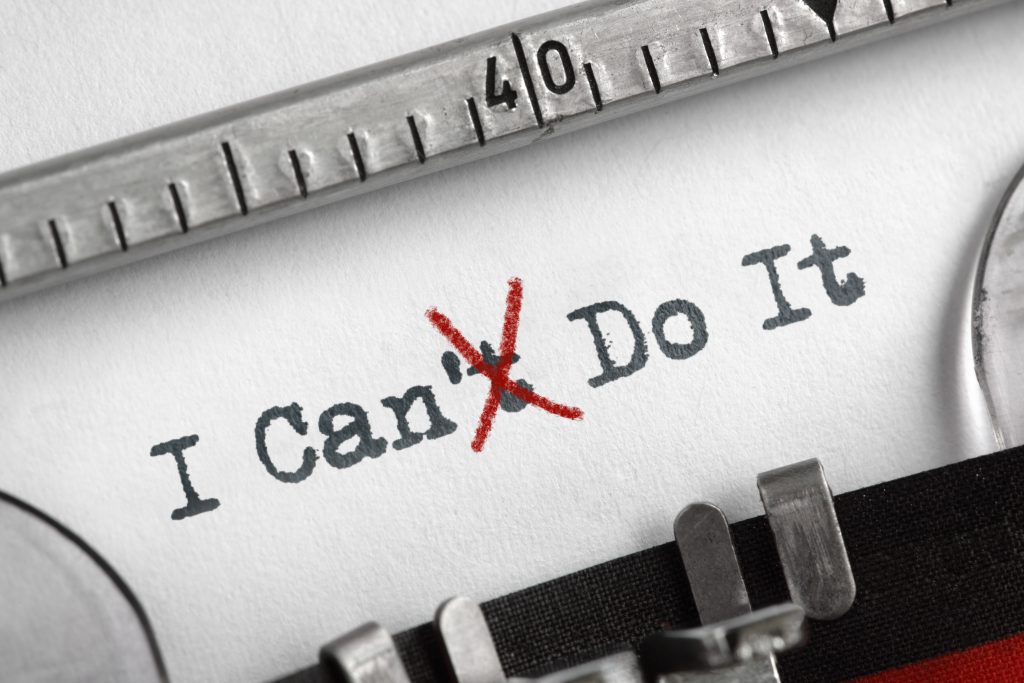Building Confidence
Staff often try to boost the confidence (self-efficacy) of the people they are working with – it’s an integral part of what we do.
It is helpful to think about confidence in relation to specific tasks. For example, you might be very confident in your ability to ride a bike but lack confidence in your ability to bake a cake. Therefore, we can think about boosting the person’s confidence in a task specific way.
Bandura (1997) has identified four main ways to boost confidence. They are quite straightforward and you probably use all of these methods in your day to day practice:
Confidence boosting techniques
- Mastery experiences – Successfully performing a task improves confidence better than any other method as it confirms to person they can actually do it “I did it!”
- Vicarious experience – We are familiar with the saying, “Well if they can do it, I can do it!” Vicarious experience is about gaining confidence through watching or learning from someone in the same situation being able to do a particular task or skill
- Verbal persuasion – If a ‘credible’ person (e.g. family member, staff member or anyone who is held in esteem) encourages a person that they can do something, it can boost their confidence that they will indeed be able to do it “Well, if they think I can do it, maybe I can.”
- Re-interpretation of symptoms – People may have negative physical or emotional experiences relating to a particular task e.g. experiencing anxiety when trying something new for the first time or feeling very tired after completing exercises. This can cause them concern and reduce their confidence. “What if I can’t do this or end up falling” or “What if this tiredness means I’ve overdone it”. Helping the person re-interpret what they are thinking or feeling can boost their confidence and motivate them to continue with the task. For example, “Don’t worry, everyone feels anxious when they try things for the first time” or “I would expect you to feel tired after doing the exercises – that means you’re putting the effort in!”
How can we enhance confidence during the G-AP process?
It is important to consider confidence at every stage of the G-AP process.
We can use verbal persuasion to give a person confidence that a goal is within their reach or that an action plan is definitely do-able.
We can agree action plans that create the opportunity to boost confidence through mastery experiences.
We can use examples of people in similar situations who have achieved goals or connect people with others dealing with similar issues (e.g. peer support groups, stroke clubs). This will create opportunities for boosting confidence through vicarious experience.
We can look for opportunities to re-interpret how the person is thinking or feeling in a more positive light as they discuss, set and pursue their goals and plans.

Useful References
1.Bandura A (1997) – The nature and structure of self-efficacy. In: Bandura A, ed. Self-efficacy: The exercise of control. WH Freeman and Company, New York
2.
Jones F. Strategies to enhance chronic disease self-management: how can we apply this to stroke? Disabil Rehabil. 2006 Jul 15-30;28(13-14):841-7. doi: 10.1080/09638280500534952. PMID: 16777771.
Access via: https://pubmed.ncbi.nlm.nih.gov/16777771/
